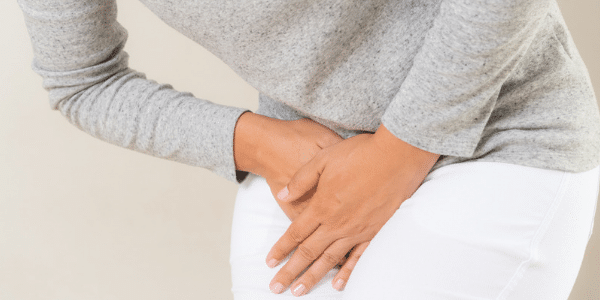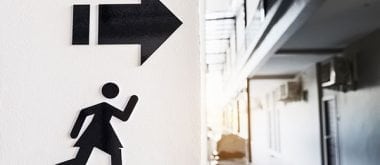As women age, hormonal changes determine whether or not a woman has incontinence. Exercising the pelvic floor strengthens the bladder and avoids this occurrence.
How do Hormones Work?
Hormones are the traffic cops of the body. They direct the proper chemicals to the body’s systems, to begin or stop, to accelerate or decelerate the functions of the systems, once the hormones get there. As women age, their hormones either slow down or stop altogether. This affects the systems and their functions.
Which Hormones Are Involved?
The prime hormonal change in a woman’s body as she ages is a decrease in estrogen. A woman’s reproductive system runs on estrogen, progesterone, and testosterone. The hormones that direct these and the reproductive system are called luteinizing hormones (LH) and follicle stimulating hormones (FSH).
As the ovaries age, they stop producing the follicles that make eggs. The LH and FSH are no longer able to direct the estrogen, progesterone, and testosterone. This lack of estrogen affects many of the body’s systems.
What Body Systems Does Estrogen Affect?
Estrogen is not only involved in the reproductive system but the hormone also runs the pelvic muscles and urinary tract. It affects the brain, skin, hair, breasts, bones, the heart and its blood vessels . In other words, the body’s major systems and brain run on estrogen.
What Does This Have to Do with Incontinence?
A lack of estrogen weakens the bladder muscles, makes the urethra less elastic so that it passes less water, and weakens the pelvic floor. Picture a sling for a broken arm in your mind. The pelvic floor resembles a sling that supports the bladder muscles. If that weakens, you may have embarrassing leakage.
What is the Answer?

The following few exercises will strengthen the muscles of the bladder:
Kegel Exercise
Lie on your back, knees bent, and relax the body. Squeeze the muscles as if you have to go to the restroom. Hold the squeeze for five seconds. Relax the muscles for 10 seconds. Do this five times. Work your way up to holding for 10 seconds the next day, and 15 the day after that.
Note: The buttocks and abdominal muscles will not move. Only the bladder muscles will be squeezed.
Squats
Squats strengthen the glutes and hamstrings. These support the pelvic floor from the back door, so to speak. Squats can be done anywhere, anytime:
Stand with your feet hip-width apart. Don’t let your back stiffen; keep it easily flowing and neutral. Your arms can either be out at your sides, or you can put hands on your hips. Now sit down as if in a chair. Don’t go too far down, or you won’t be able to get back up. Hold the squat for five seconds. Return to standing posture. Do this five times with a hold of five seconds each.
Transverse Abdominus
The transverse abdominus is located beneath the six-pack, so it doesn’t get worked out as much. This muscle supports the spine, pelvic floor and the core muscles. Almost every move you make uses the transverse abdominus.
Lie on your back with knees bent, arms at your sides. Breathe in. On the out breath, squeeze your belly button towards the spine. You should feel as if someone is giving you a Heimlich Maneuver, just at your belly button instead of the sternum. Hold the squeeze for five seconds. Do this five times, working your way up to 10 seconds the next day and 15 the day after that.
Overall
Aging and menopause are natural parts of life. Urinary leakage doesn’t have to be seen as irreparable, though. A few common sense habits and some easy exercises will get you back in good shape.




